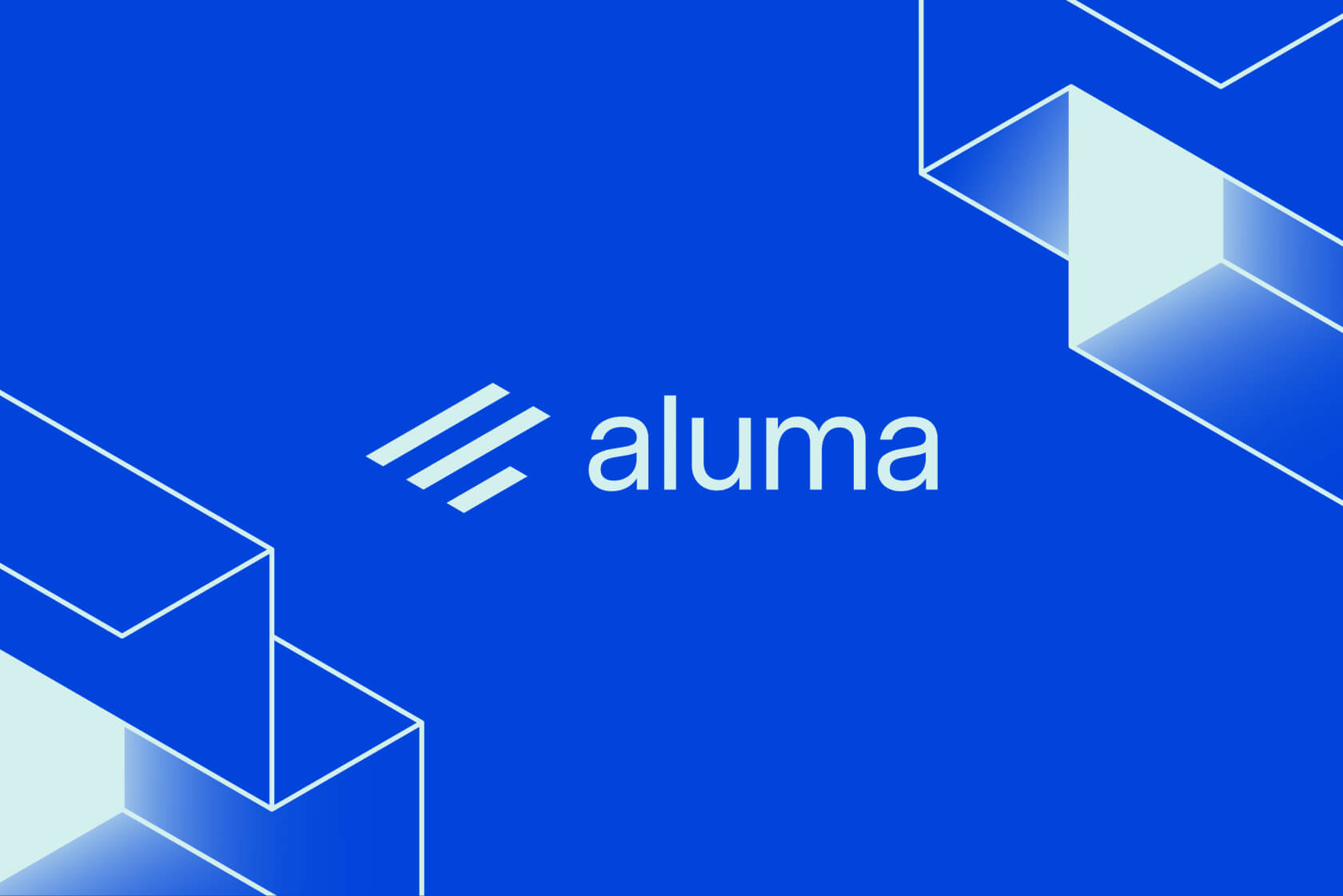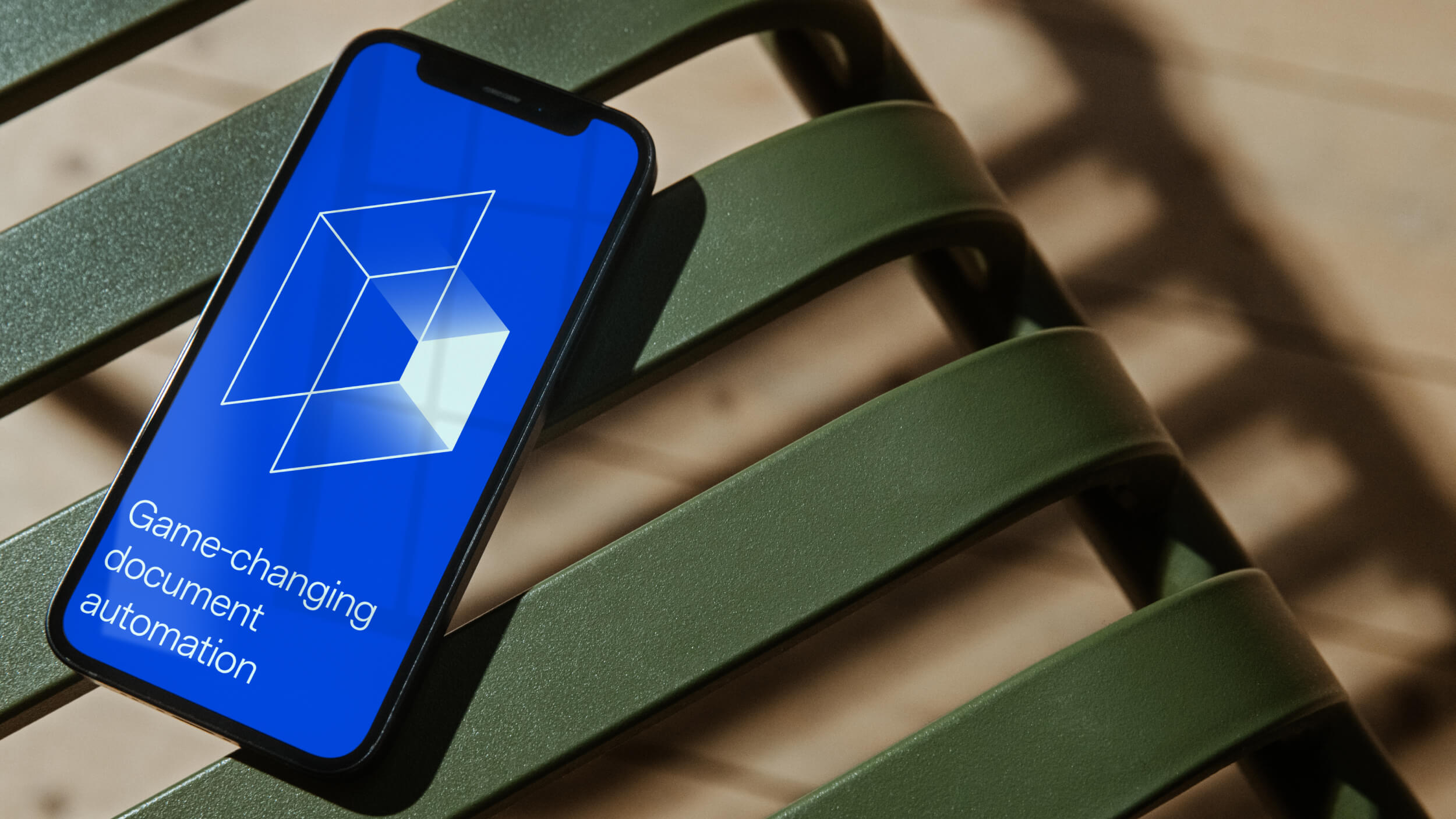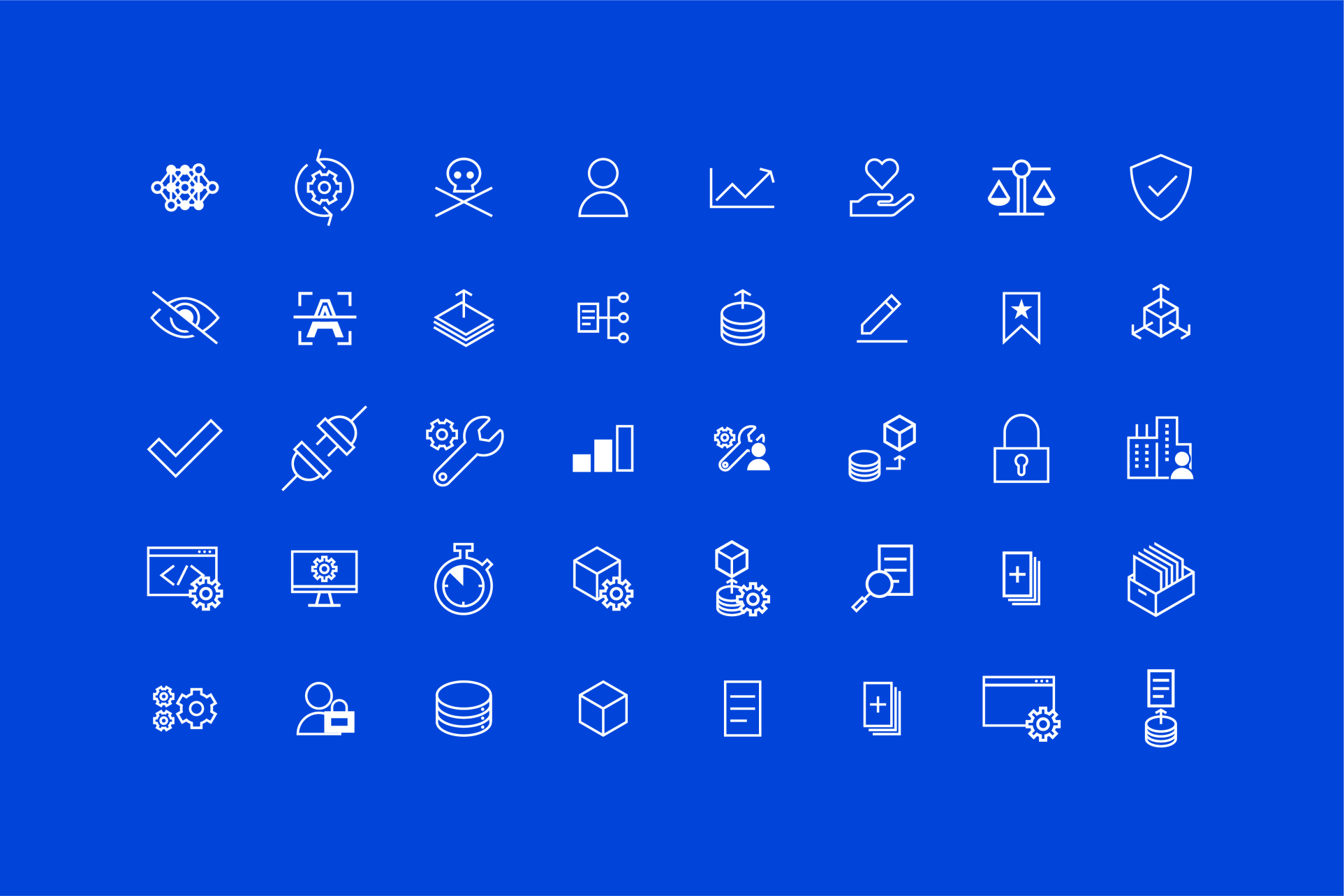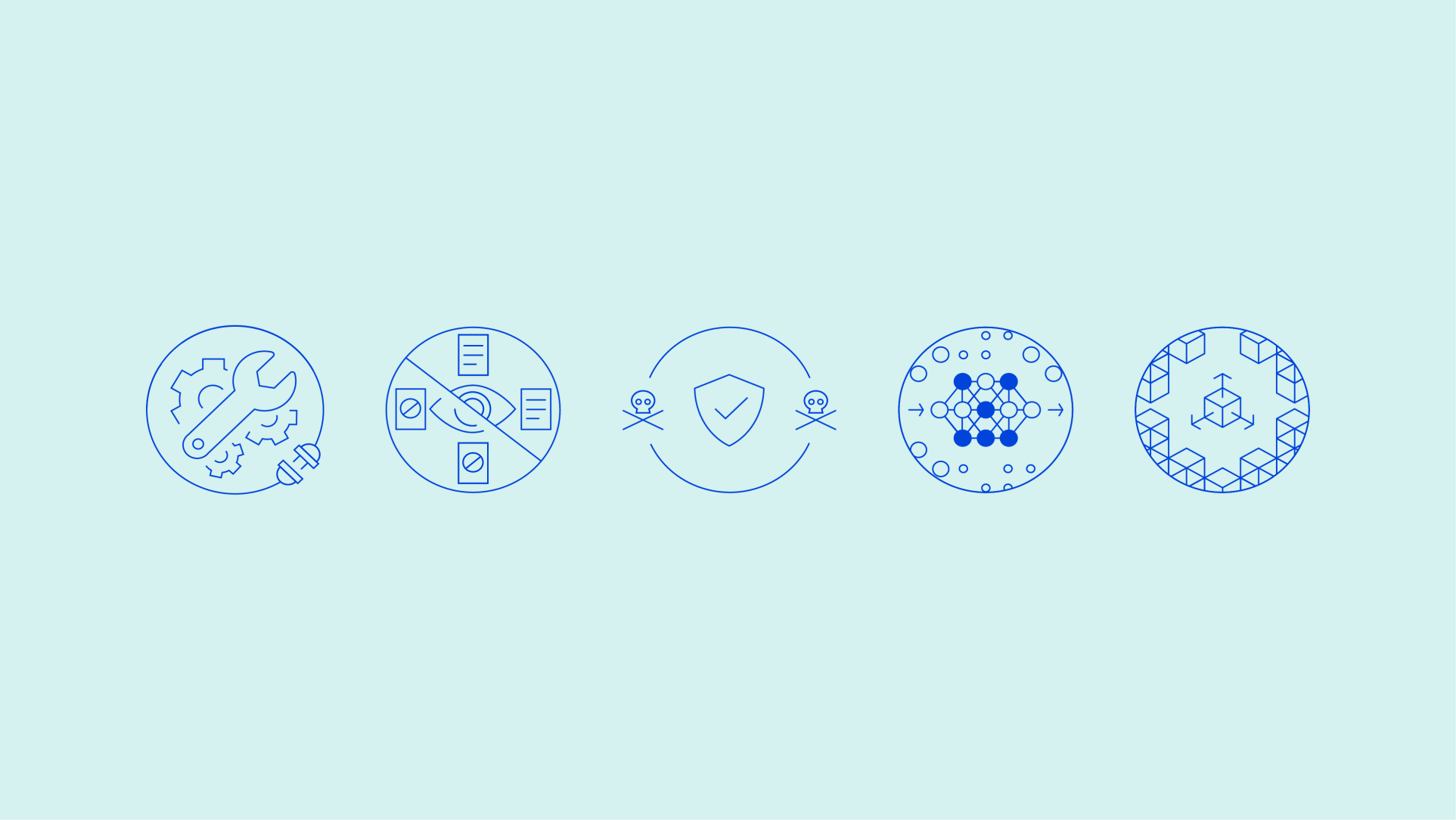Aluma
Game-changing document automation
Brand strategy / Visual identity / Website / Ongoing support






Brand strategy / Visual identity / Website / Ongoing support





